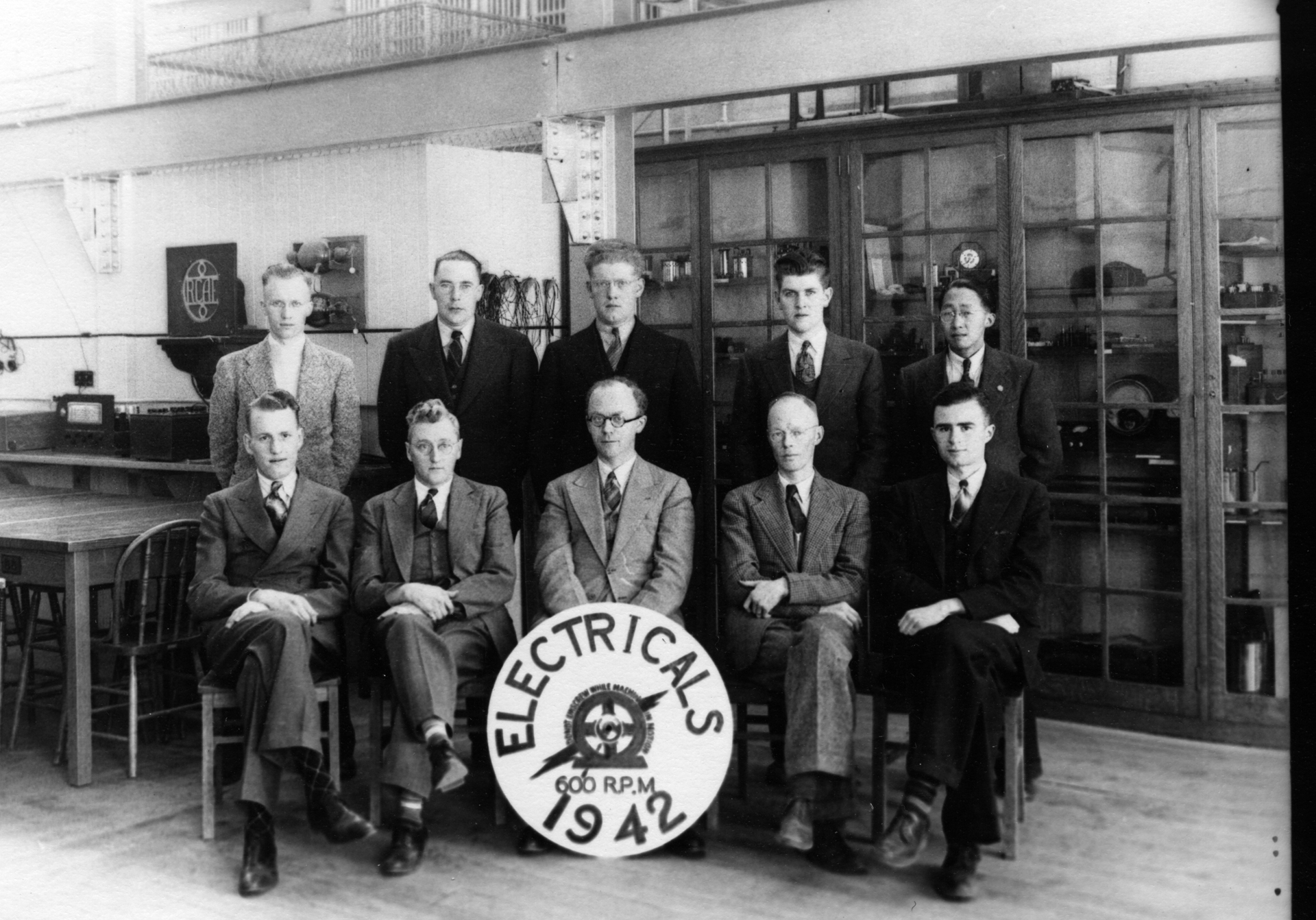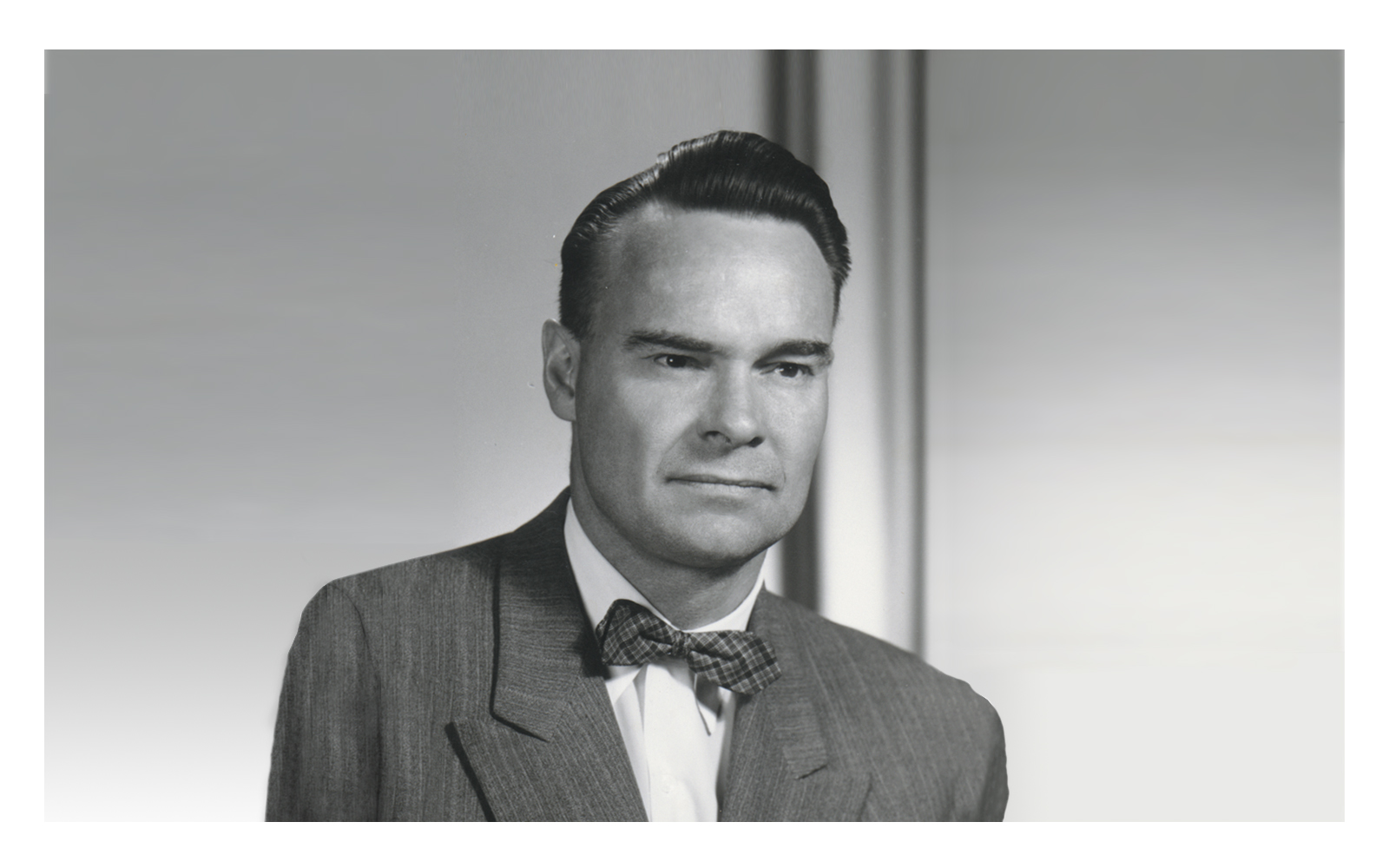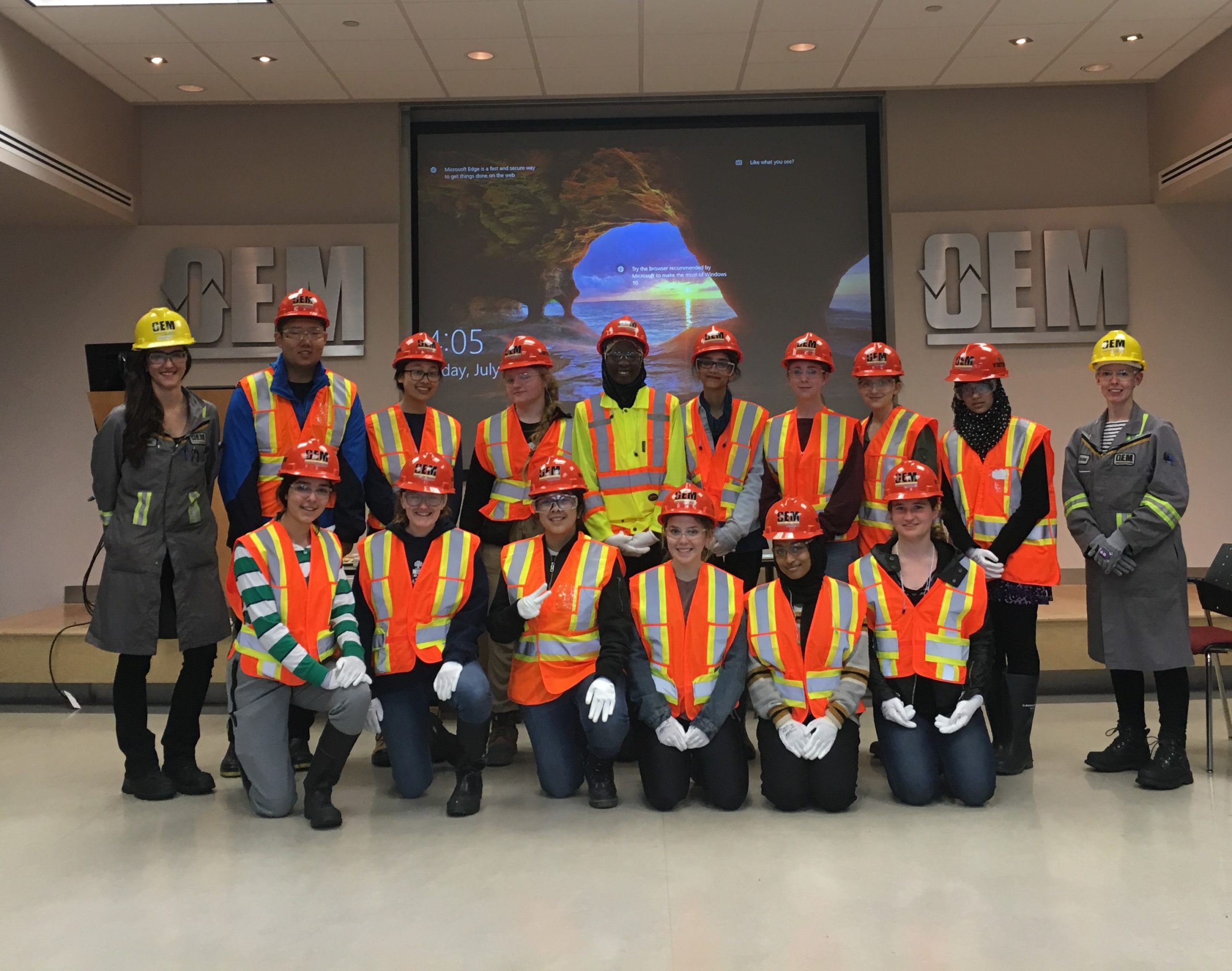Photo courtesy of Gerry Stephenson
A Beautiful Mine-d
Gerry Stephenson was in his early 20s when his father sent him to work in an underground coal mine. Lying on his side, he used a pick and shovel to mine five tons of coal per shift, with 180 metres of rock—and the Irish sea—above him.
“And for that, I got paid $2.50 a day,” recalled Stephenson, who was born in England in 1931 and came from a family that worked in coal mining for seven generations.
Gerry Stephenson digging coal with pick and shovel in 20 inch seam, 1953
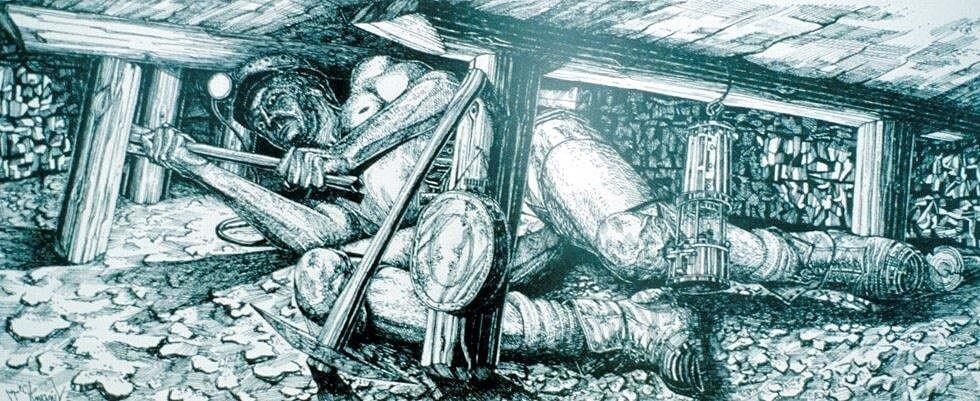
Image courtesy of Gerry Stephenson
For Stephenson, who graduated from Nottingham University with a degree in mining engineering, working as a coal miner for four years was an unforgettable start to a distinguished career spanning 65 years, 25 countries, and plenty of adventure.
This included falling down a 10-metre deep mine shaft, being trapped by rockfall for nearly a day, and being attacked by a hyena in an underground mine in India, where Stephenson was general manager of seven mines, with 4,000 employees, when he was in his late 20s.
In 1968, the promise of more adventure—and pristine fly-fishing streams—brought him and his family to Alberta, where he took a position as chief engineer and assistant general manager at Canmore Mines.
Before land reclamation was common or even regulated, he restored a kilometre of creek and 45 hectares of land severely damaged by surface mining, creating hills planted with native grasses and trees, and a valley with a stream and ponds.
“I knew we had to have reclamation. I knew it was ethical and it was our responsibility,” he said. The area, now known as Quarry Lake Park, is hugely popular with Canmore residents and visitors alike.
Stephenson was also instrumental in the development of steam assisted gravity drainage (SAGD), a method of extracting bitumen from Alberta’s oil sands.
As an advisor to the Alberta Oil Sands Technical and Research Authority (AOSTRA) on alternatives to surface mining for recovering bitumen, he proposed and oversaw the construction of the province’s $100-million Underground Test Facility (UTF) in 1982.
The UTF demonstrated the commercial feasibility of the SAGD concept by achieving a 65 per cent recovery of bitumen in place, higher than the 35 to 45 per cent that was expected. SAGD has been widely adopted as the go-to method for in-place bitumen recovery, contributing more than $60 billion in oil sands royalties to the Alberta government.
SAGD disturbs only about 10 per cent of land and requires no tailings ponds. “It’s a hugely better way than surface mining,” he noted.
“Gerry’s innovative concept of adding mining practices to petroleum technology, leading to the development of the SAGD process, puts him in the league of Canada’s big project visionary pioneers,” notes Dr. Clement Bowman, P.Eng., past chair of AOSTRA.
After leaving Canmore Mines, Stephenson worked as an international consultant and led a 1980-1981 board of inquiry into the fatal Smoky River mine disaster in Grande Cache.
He co-founded Norwest Resource Consultants, which he led for 25 years. He and his partners were proud to have avoided staff layoffs during the tough economic conditions of the early 1980s. When Stephenson retired in 2004, Norwest had nine offices in five countries and 200 employees (the company was purchased by Stantec in 2019).
He dedicated himself to the Canmore community, through to age 88, leading sold-out mining history tours for students and the public at the Canmore Museum and Geoscience Centre.
Presenting to a group of students in Canmore.
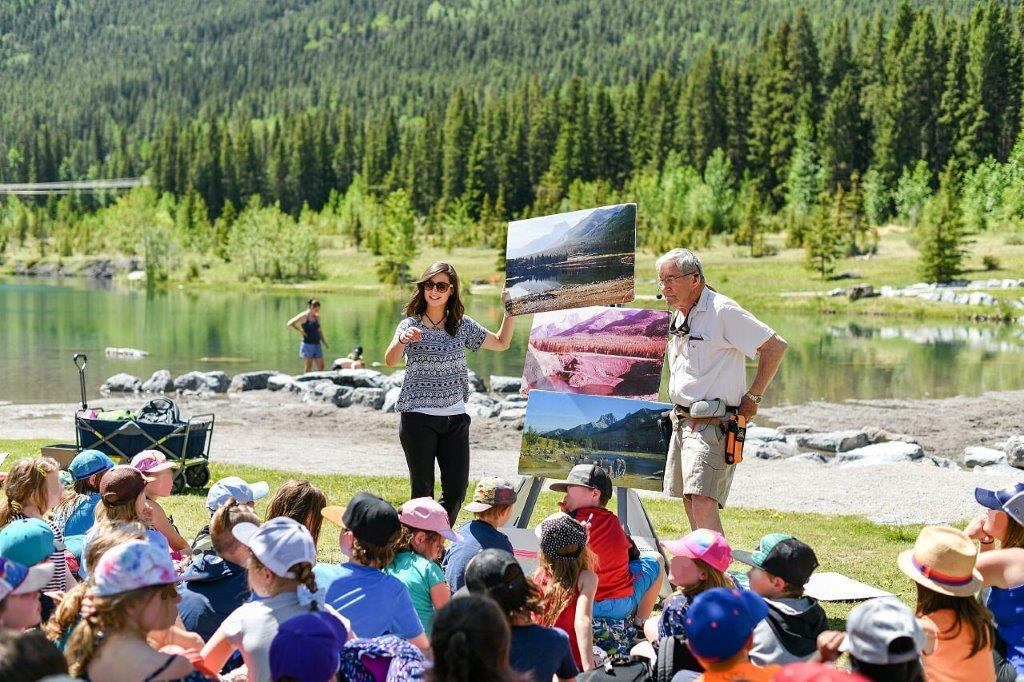
Photo courtesy of Gerry Stephenson
A retired Gerry Stephenson fly fishing in the Canmore area
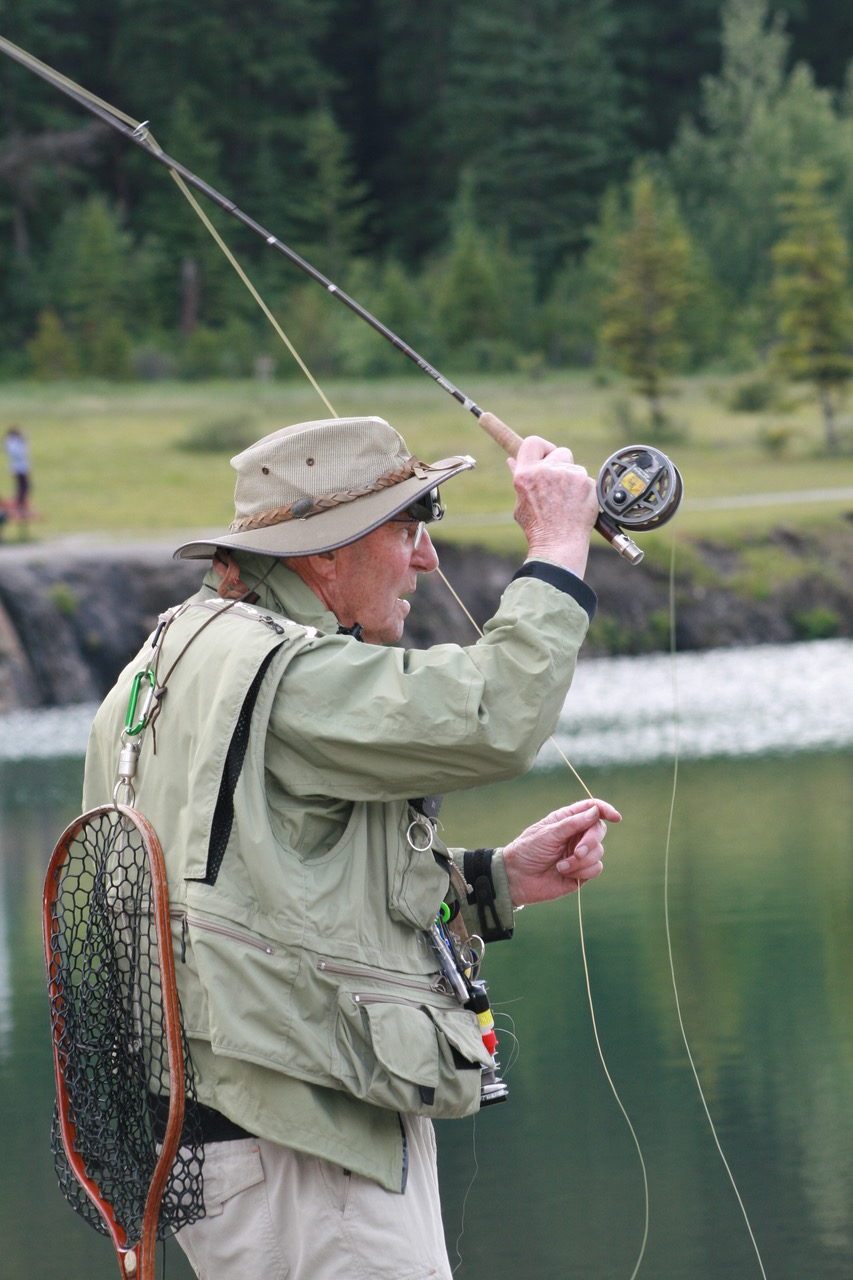
Photo courtesy of Gerry Stephenson
He co-authored, with Dr. Devin Castendyck, an August 2019 cover story in Mining Engineering about the pioneering and widely acclaimed Canmore Creek and Quarry Lake project.
“I was touched by his willingness to work with a total stranger on the production of a journal article, as well as his dedication to excellence within that paper,” notes Dr. Castendyck, senior geochemist at Golder Associates.
“Most of all, his enthusiasm and charm appeared boundless, which made our work a pleasure. He was an exceptional individual.”
Note: Gerry Stephenson was a member of APEGA until 2003 when he retired. He passed away in October 2019. APEGA was fortunate to interview him about his life and career shortly before his death.
Past APEGA member Gerry Stephenson shares his experiences working as a mining engineer in places across the world, concluding with his work as chief engineer and assistant general manager at Canmore Mines. Footage courtesy of Sticks and Stones.
Storyteller and historian Gerry Stephenson shared his engineering, geology, and mining knowledge through guided mine tours at the Canmore Museum and Geoscience Centre.

